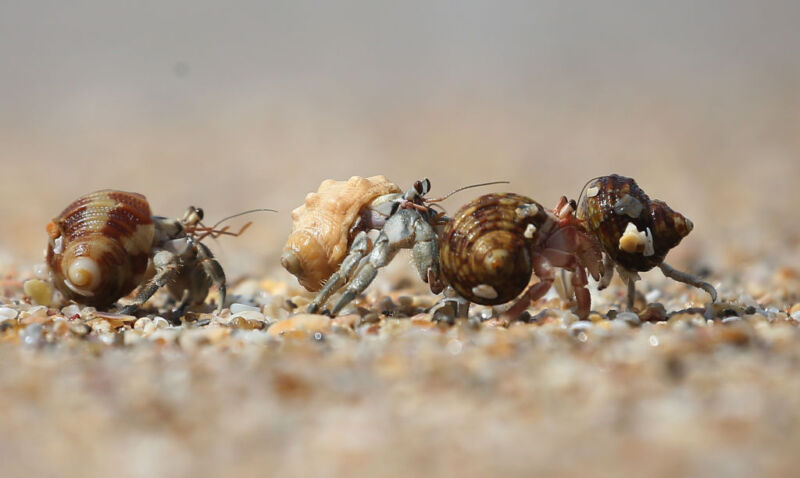-
chevron_right
Daniel Kahneman, renowned psychologist and Nobel prize winner, dies at 90
news.movim.eu / TheGuardian · Thursday, 28 March - 02:41
The Israeli-American’s first book, Thinking, Fast and Slow, was a worldwide bestseller with revolutionary ideas about human error and bias
Daniel Kahneman, a psychologist who pioneered theories in behavioural economics that heavily influenced the discipline, and won him a Nobel prize, has died at age 90.
Kahneman, who wrote bestselling book Thinking, Fast and Slow , argued against the notion that people’s behaviour is rooted in a rational decision-making process – rather that it is often based on instinct.
Continue reading...

